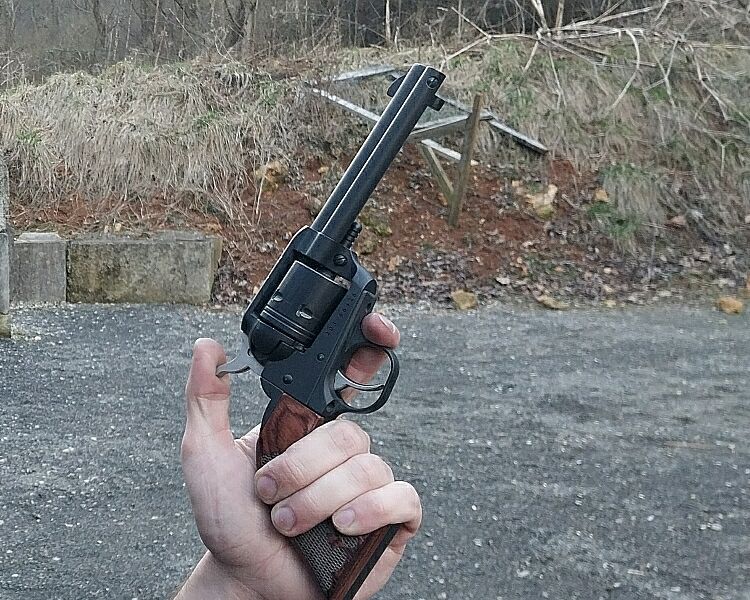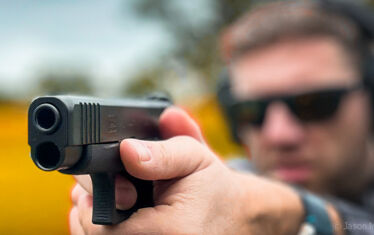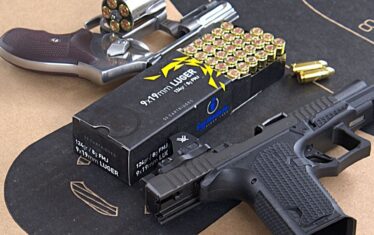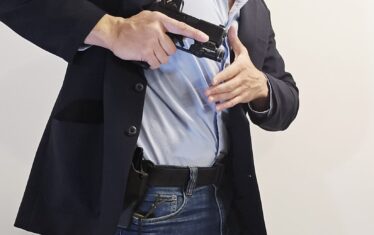Single action vs double action — it’s a basic handgun distinction, perhaps second only to semi-auto or revolver. Trigger function is important, and your choice between the two can be driven by your gun’s purpose, your skill level, your comfort zone, or, more likely, some combination of those.
So, let’s look briefly at single and double action, what each means, and the roles each can fill. We’ll also cover handguns whose triggers offer single and double action capability.
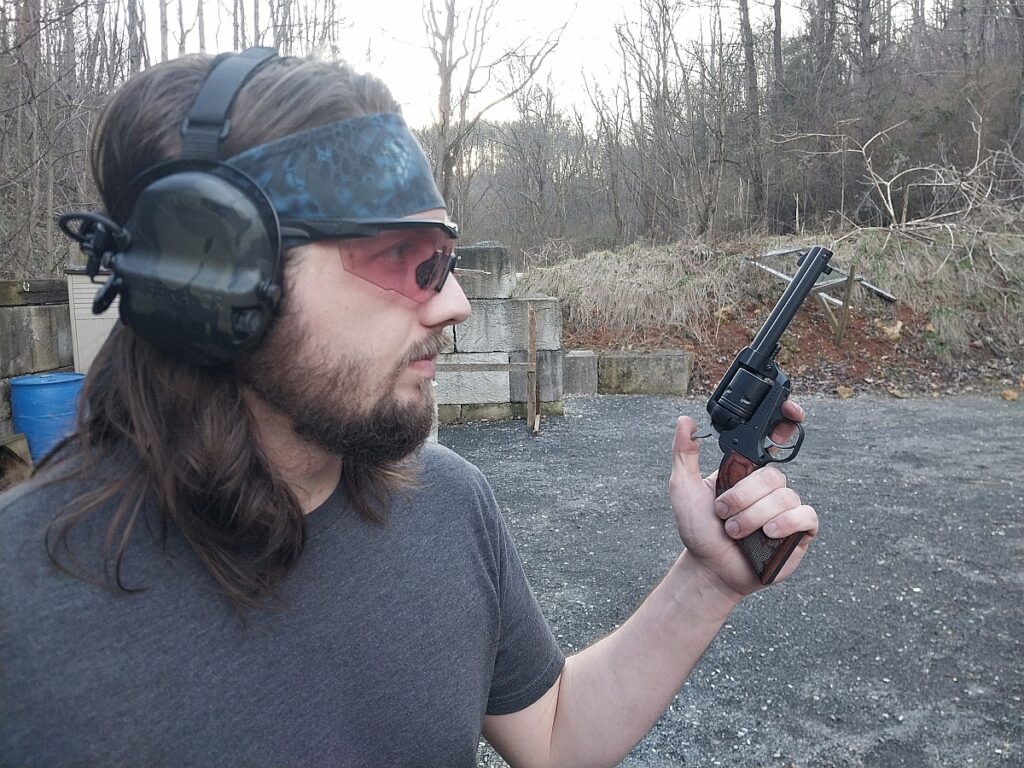
Both single and double action triggers have their pros and cons. Each shooter must decide which is best for them in each handgun purchase.
Trigger function doesn’t drive every handgun purchase. People often want a particular firearm, fully understanding its trigger. Functionality usually comes into play when selecting a defensive, competition, or hunting handgun.
You should also be aware of these abbreviations referring to trigger function:
- SA: Single Action
- DA: Double Action
- SA/DA: Single Action/Double Action
- SAO: Single Action Only
- DAO: Double Action Only
What Is Single Action?
Single Action means that the trigger cannot be actuated until the gun is manually cocked. The two most prominent examples are single action revolvers like the Colt Peacemaker and semiautomatic pistols like the Colt 1911 and Browning Hi-Power.
Single Action Revolvers
Revolvers like the Peacemaker, Ruger Blackhawk, and others require the shooter to pull the hammer back before each shot. The trigger only releases the hammer and does not cock it, hence the term “single action.” Cocking the hammer also rotates the cylinder.
Single action revolvers are also loaded differently from their double action counterparts. Single action cylinders don’t swing out from the frame. Rather, they have a loading gate that exposes only one chamber at a time. The shooter must turn the cylinder to load each chamber.

Slow firing and loading speeds make single action revolvers poor self-defense weapons unless you happened to live in the 1870s. But because these triggers only release the hammer, they tend to be light and crisp, yielding a pleasant trigger pull for a more accurate shot.
The pull is also very consistent, making fundamentals easily repeatable. SA revolvers are inherently safe since they require manual cocking. So, single action revolvers are great range guns thanks to their crisp triggers, and they often accompany hunters as a sidearm.
SAO Semiautomatic Pistols
The term “single action only” is often applied to certain semiautomatic pistols to differentiate them from single/double action pistols, even though SA revolvers are also single action only.
The Colt 1911 pistol is easily the most prominent example. The 1911’s single action trigger is famous for its light, crisp, consistent pull. The Colt’s light trigger results from its not having to cock the hammer. It merely releases the hammer after the shooter cocks it for the first time. The 1911 fires much faster than an SA revolver because its semiautomatic action recocks the hammer after every shot. So, the 1911’s trigger remains consistently excellent.

But SAO semiautomatic pistols have a downside. Their first shot requires manual cocking, so anyone carrying a 1911 or Browning Hi-Power must do so with the gun uncocked or “cocked and locked.”
Going uncocked requires the shooter to quickly cock the gun before firing, which is less than ideal in a self-defense situation. “Cocked and locked” means the gun’s hammer is cocked, but the manual safety is engaged. That requires the shooter to thumb the safety down before shooting. Many people consider that extra action a deal breaker for a self-defense pistol, though proper training can mitigate that extra step’s impact.
Despite those concerns, thousands of people carry 1911 pistols every day. Only you can decide if that type of SAO pistol is right for your situation.
SAO Semiautomatic Pistols Part 2
Modern striker-fired pistols are usually classified as Single Action Only, while others are Double Action Only, with an occasional SA/DA thrown in for good measure.
Let’s start with the Glock, since it’s easily the most popular handgun in this category. Glock triggers are just okay. They tend to be mushy and somewhat long compared to some competitors. The shooter must initially cock the guns manually, and the trigger’s only function is to release the striker, firing the weapon. The gun’s reciprocating action recocks it after every shot. That is clearly a single action trigger.
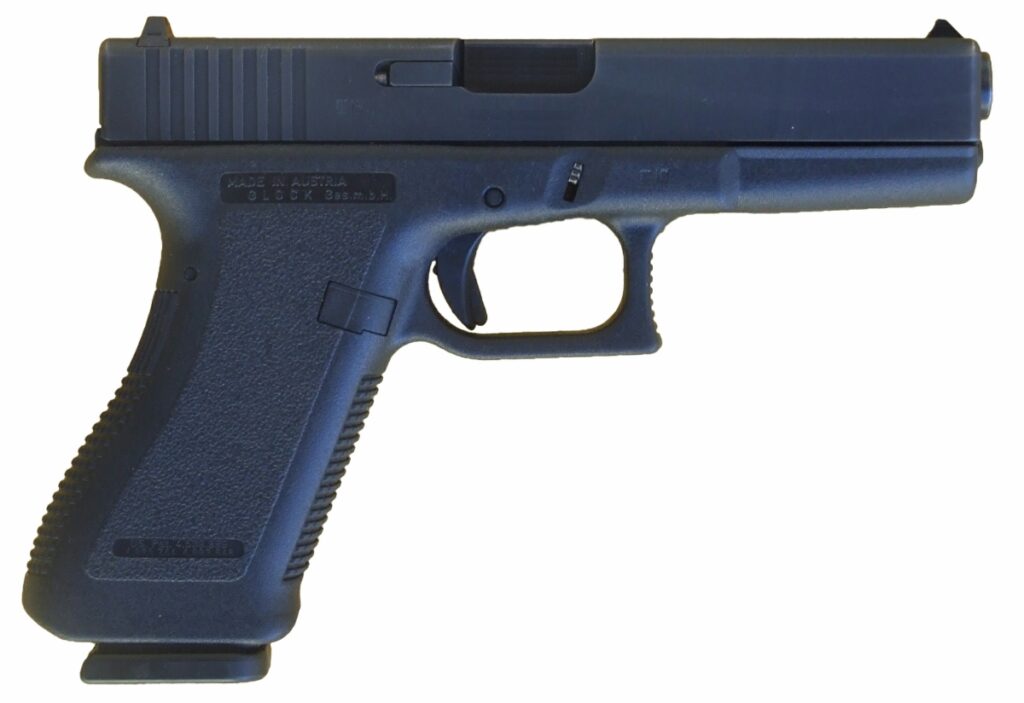
But the longer pull can be reminiscent of a double action trigger. Frankly, that’s more of a safety issue since Glocks and similar pistols are primarily self-defense guns. Many people don’t want a light, 1911-style trigger on a gun with no manual safety. Plus, the Glock was built to Austrian military specifications, requiring a slightly longer trigger pull. But it’s not so heavy as to preclude quick and efficient use. So, Glocks are generally classified as SAO pistols.
Some guns, like the Walther PPQ and H&K VP9, have much more responsive triggers than the Glock while maintaining the same functionality, further reinforcing the SAO tag. We’ll get to the SA/DA and DAO models shortly.
What is a Double Action trigger?
Double action triggers have two basic functions: cocking the gun and releasing the hammer or striker. DA revolver triggers also rotate the gun’s cylinder. The extra work means that DA trigger pulls are necessarily longer and heavier. There’s simply more going on. Cocking a hammer requires pulling against the hammer spring, some of which are heavier than others.
DA is obviously a little more complicated than SA, so we’ll break it down for you. Note that double action and double action/single action often refer to pretty much the same thing, though the latter term is usually reserved for semiautomatic pistols. Double action only guns will get their own section below.
Double Action Revolvers
DA revolver triggers, as noted, have three functions: cocking the hammer, rotating the cylinder, and ultimately releasing the hammer. There’s a lot happening there, requiring a longer and heavier pull, so a DA revolver can be more difficult to shoot accurately than a single action wheel gun. Note that I said can be.
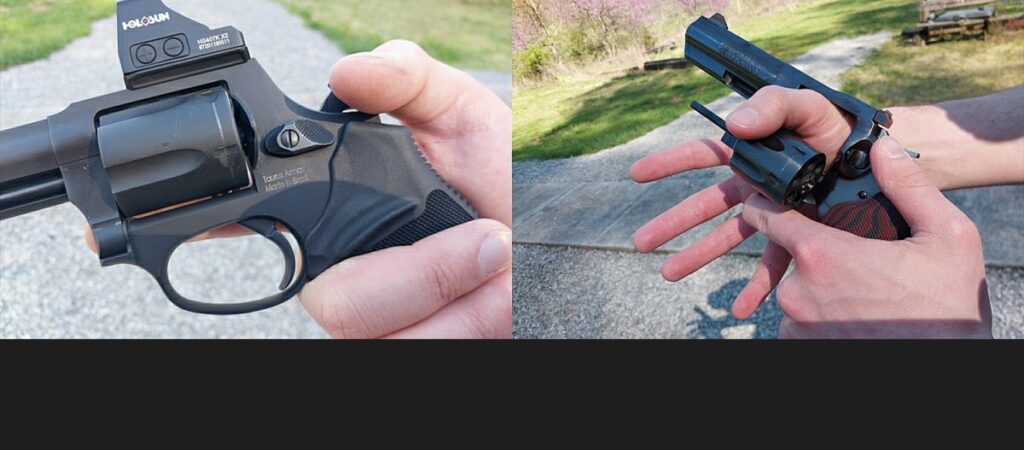
That’s because DA revolvers also have some advantages that make them superior to their single action cousins. Practice and training can mitigate that long trigger pull. To be fair, a longer, heavier pull is a safety feature on DA guns. But DA revolvers also have single action capability. You can manually cock the hammer each time if you choose, giving yourself a much nicer single action pull. The DA capability makes all your shots faster if need be. This capability makes DA revolvers viable and efficient self-defense choices.
Double action revolvers also offer easier and faster reloads thanks to their swing-out cylinders. Speedloaders and moon clips can speed up reloads even more.
Double Action Semiautomatic Pistols
Double action semiautomatics mimic revolvers in that their triggers cock the gun and release the hammer. The longer, heavier initial pull is again doing more work. There’s no cylinder to rotate, but hammer springs can vary, making some DA triggers downright awful.
My son has a surplus Polish Radom P64 semiautomatic with a 27 lb. DA pull. You pretty much have to be the Incredible Hulk to pull that thing. Like DA revolvers, the heavier pull is a safety feature, though I’d argue the P64’s DA pull is not, since getting that first shot off in DA is all but impossible. But the good outweighs the bad. Training can mitigate the DA pull.

We also mentioned that DA and SA/DA are often the same thing. We saw that similarity with DA revolvers, but you usually only see the SA/DA tag applied to semiautomatic.
As the designation implies, most DA semiautomatics are also SA-capable. The Beretta 92FS, Sig Sauer P220 series, and CZ-75-style guns are great examples. Most SA/DA semiautomatics are hammer-fired, so the shooter can manually cock the hammer and fire an initial SA shot. I can even do it with that old P64.
Many SA/DA guns feature decockers. The Beretta 92FS again comes to mind. The Beretta’s decocker doubles as a safety, which many shooters don’t like. I initially carried my Beretta decocked, but with the safety off. That gave me the longer DA trigger pull without having to manipulate the safety lever to shoot. I later swapped out the decocker/safety for a 92G decocker-only mechanism.

The Walther P99 is an interesting outlier here. The P99 is a polymer-framed, striker-fired pistol in the Glock tradition, but it also has a decocker, making it an SA/DA pistol, despite not having a hammer. The P99 AS even features the “Anti-Stress” trigger, allowing the shooter to cock the pistol for carry, but providing a longer, two-stage trigger pull. It’s a cool, kind of hybrid, design.
But carrying most SA/DA guns in SA mode with the hammer back isn’t a great idea. They usually have manual safeties, but safety catches can be inadvertently disengaged. If you choose to carry an SA/DA pistol, do it in DA mode. My P99 is the only one of these I carry pre-cocked, thanks to the AS trigger.

What is Double Action Only?
Double action only triggers are dictated by firearm design choices or end-user specifications. DAO revolvers have their place. But, in my opinion, there’s no good reason to have a DAO semiautomatic unless your employer mandates it. So, let’s look at why these guns exist.
DAO Revolvers
DAO revolvers are almost always small, dedicated concealed-carry guns. Small revolvers are great deep concealment guns because they can be fired from inside a pocket or bag without hanging up on the surrounding material. But that functionality requires a key design feature. Top reliability in those conditions requires either a bobbed or internal hammer. A traditional hammer can easily snag on clothing as it’s drawn or fired.
Concealed revolver carriers sometimes have their hammers bobbed or shaved to eliminate the distinctive spur. This, of course, takes away the ability to manually cock the hammer, making the gun DAO by default. Pro tip: don’t bob the hammer of an SA revolver. You’ll quickly find yourself with an expensive paperweight. Not that any of you would actually do that, of course. But you know how some people are…
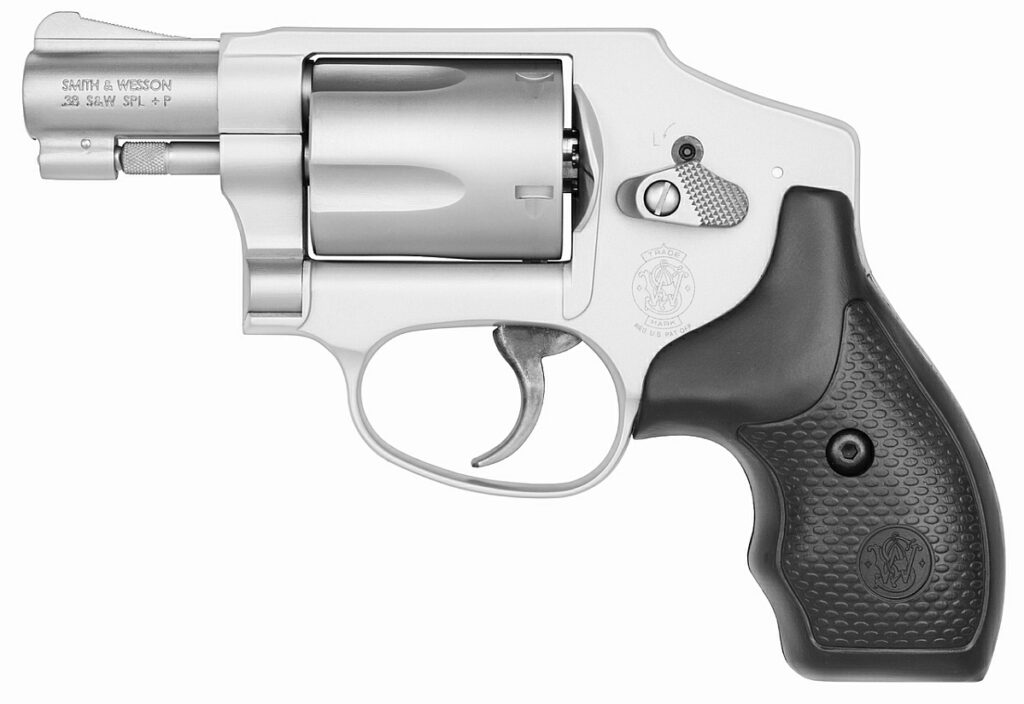
Some revolvers, however, are specifically designed with an internal hammer, such as Smith & Wesson’s J-Frame series or the Ruger LCR. Shrouding the hammer within the frame eliminates the snagging problem right from the factory. And just like the bobbed hammer revolvers, these guns must be double action only.
DAO Semiautomatics
Honestly, double action only semiautomatics aren’t very prominent. You have to really want a DAO for whatever reason to justify these things. Again, that’s my opinion, but I’d bet that most shooters share it. DAO Sig P226s and Beretta 92s are available. They have long, gritty trigger pulls and no safety. That’s the trade-off. The heavier trigger supposedly makes up for not having a safety catch.
The New York City Police Department famously required Glock to increase the trigger pull on NYPD service weapons to 12 lbs. from the gun’s normal 5.5 lbs. That’s been an NYPD standard for over a century, and definitely qualifies as DAO. The department saw it as a safety measure against negligent discharges. But it also contributed to poor marksmanship, which has been a recent NYPD staple. Street cops reportedly hated it. But starting in 2021, the NYPD issued standard-trigger Glocks to new recruits after tests revealed the recruits shot them more accurately. Imagine that.
It’s Your Choice
Only you can decide what kind of trigger you want. Everyone has different comfort levels and, fortunately, you have lots of choices. Your choice will also be guided by the gun’s style and role. Even casual gun owners may own examples of each. I’m a little more than casual, but I own single action and double action revolvers, as well as SAO and SA/DA semiautomatic pistols.
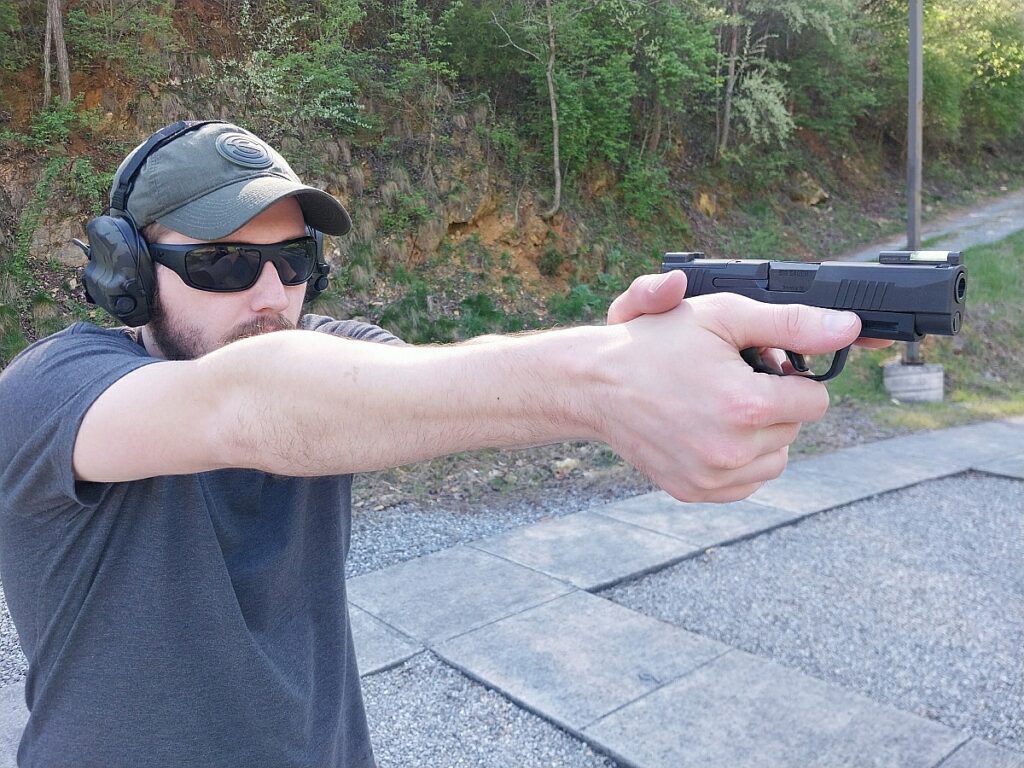
I like variety, so I give myself choices based on what I want to do on a given day. And sometimes I just want cool stuff. I carried a single action only striker-fired pistol for years, and still do most days, but I’d always wanted a Beretta 92 because they are just too sexy. So, I bought one and taught myself to use it effectively. I don’t carry it often, but I can if I want.
The trick is understanding how different guns work and the pros and cons of each. Firearms always involve trade-offs, whether it’s recoil and weight, or a safer trigger versus a lighter, crisper trigger. Educate yourself to make those choices, train accordingly, and you’ll end up with the right gun for you.





